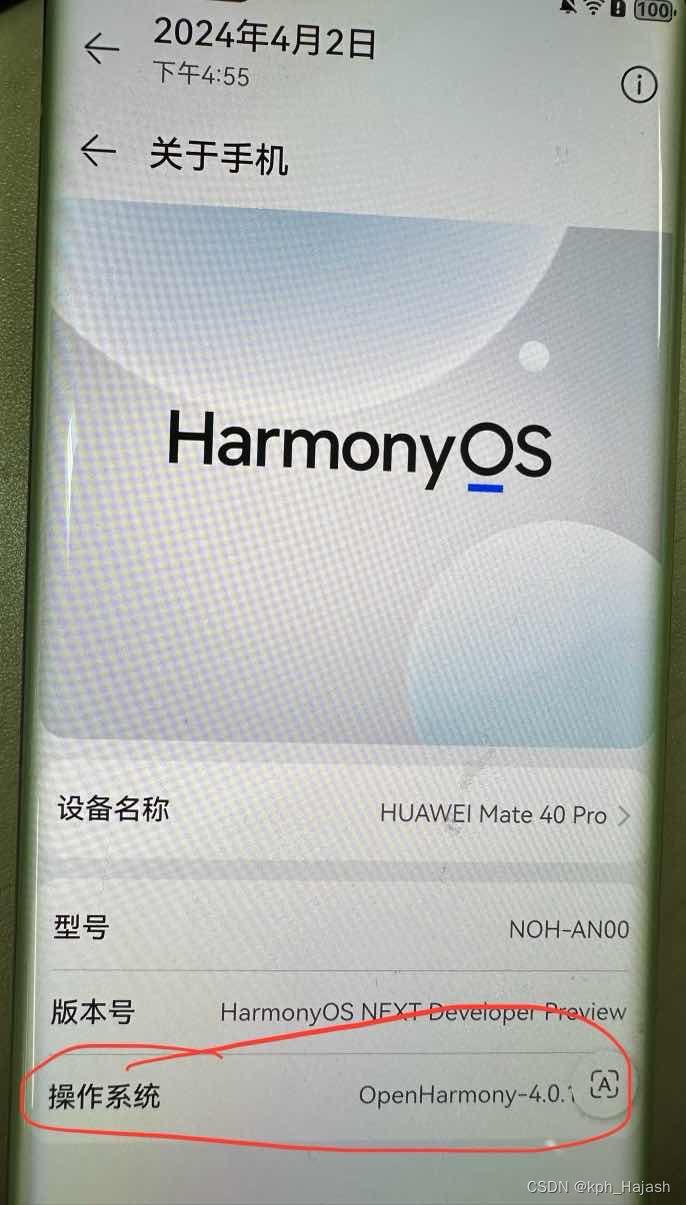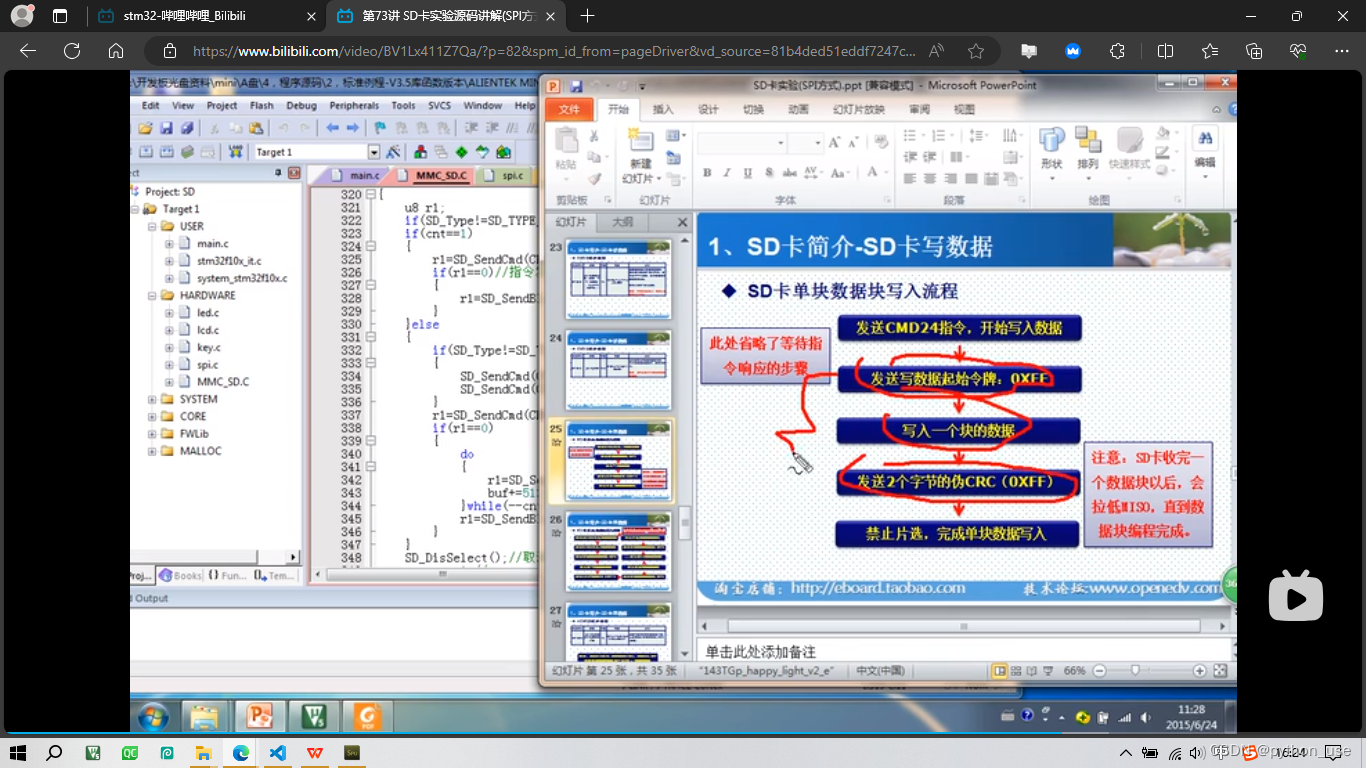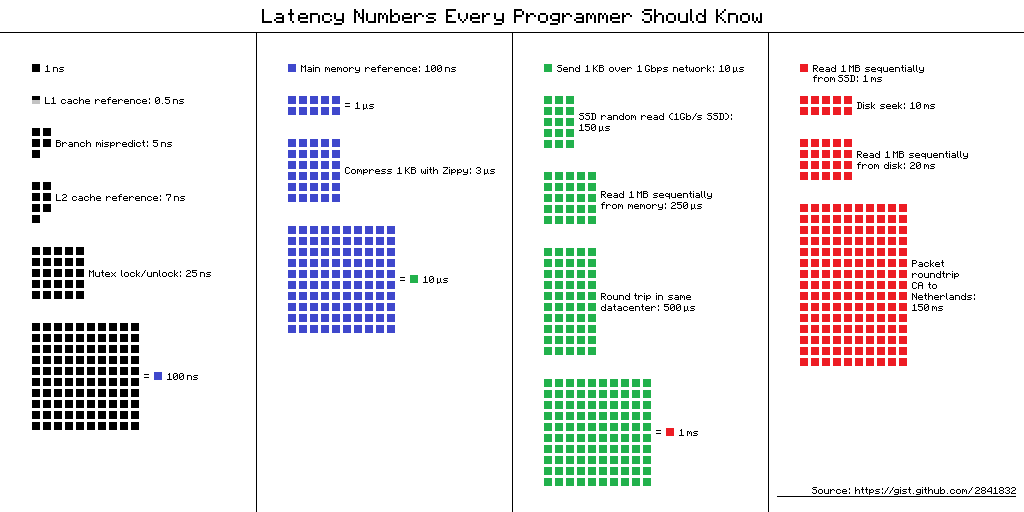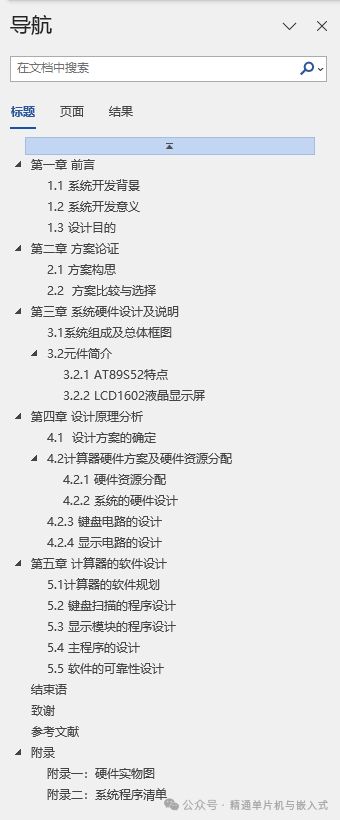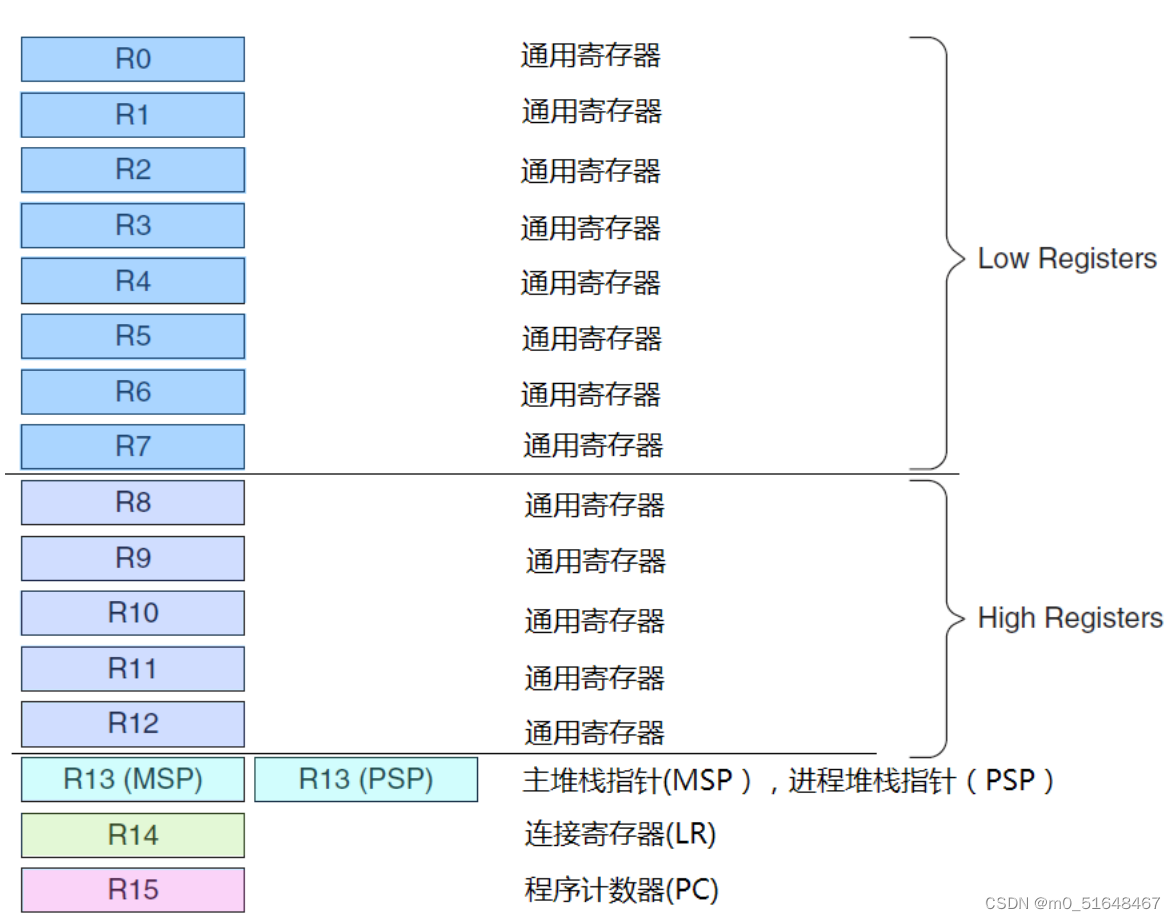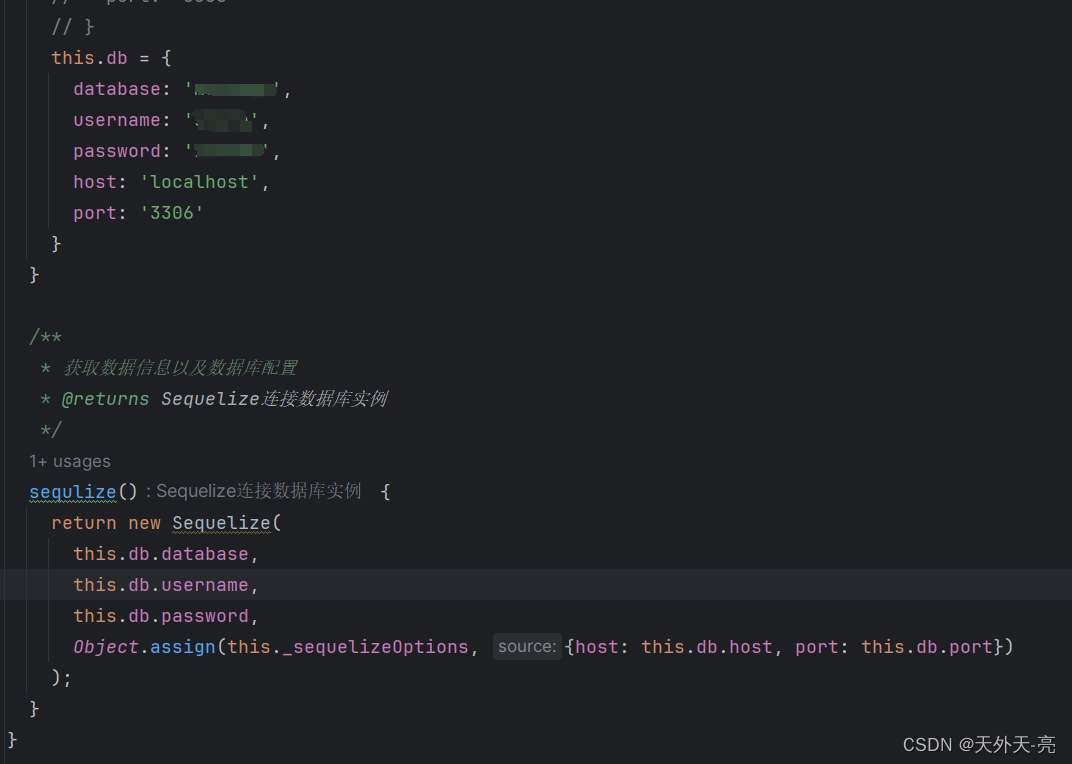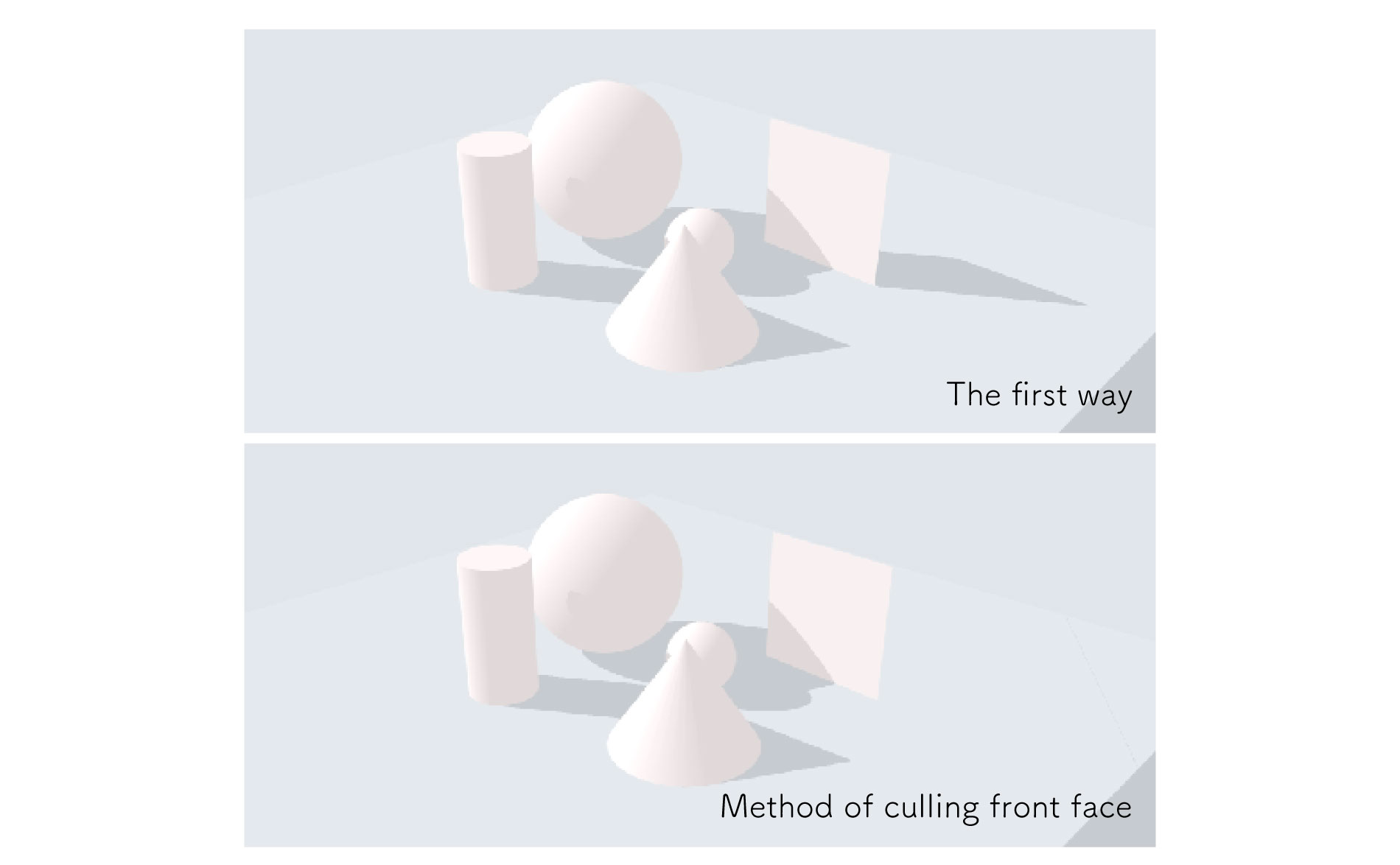一、JS的原型继承
在传统的基于Class的语言如Java、C++中,继承的本质是扩展一个已有的Class,并生成新的Subclass。
但是,JavaScript由于采用原型继承,根本不存在Class这种类型。
但是办法还是有的。我们先回顾Student构造函数:
function Student(props) {this.name = props.name || 'Unnamed';
}Student.prototype.hello = function () {alert('Hello, ' + this.name + '!');
}以及Student的原型链:
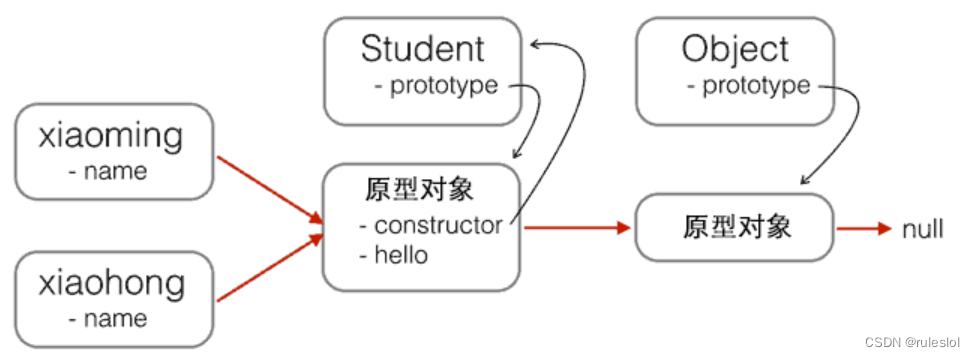
现在,我们要基于Student扩展出PrimaryStudent。
1、先定义出PrimaryStudent:
function PrimaryStudent(props) {// 调用Student构造函数,绑定this变量:Student.call(this, props);this.grade = props.grade || 1;
}但是,调用了Student构造函数不等于继承了Student,PrimaryStudent创建的对象的原型是:
new PrimaryStudent() ----> PrimaryStudent.prototype ----> Object.prototype ----> null必须想办法把原型链修改为:
new PrimaryStudent() ----> PrimaryStudent.prototype ----> Student.prototype ----> Object.prototype ----> null这样就有继承关系了。新的基于PrimaryStudent创建的对象不但能调用PrimaryStudent.prototype定义的方法,也可以调用Student.prototype定义的方法。
错误的方式:
PrimaryStudent.prototype = Student.prototype;如果这样的话,PrimaryStudent和Student共享一个原型对象,那还要定义PrimaryStudent干啥?
我们必须借助一个中间对象来实现正确的原型链,这个中间对象的原型要指向Student.prototype。为了实现这一点,参考道爷(就是发明JSON的那个道格拉斯)的代码,中间对象可以用一个空函数F来实现:
// PrimaryStudent构造函数:function PrimaryStudent(props) {Student.call(this, props);this.grade = props.grade || 1;}// 空函数F:function F() {}// 把F的原型指向Student.prototype:F.prototype = Student.prototype;// 把PrimaryStudent的原型指向一个新的F对象,F对象的原型正好指向Student.prototype:PrimaryStudent.prototype = new F();// 把PrimaryStudent原型的构造函数修复为PrimaryStudent:PrimaryStudent.prototype.constructor = PrimaryStudent;// 继续在PrimaryStudent原型(就是new F()对象)上定义方法:PrimaryStudent.prototype.getGrade = function () {return this.grade;};PrimaryStudent.prototype.run = function (){console.log(this.name + ' is running.....')}// 创建xiaoming:var xiaoming = new PrimaryStudent({name: '小明',grade: 2});console.log(xiaoming.name); // '小明'console.log(xiaoming.grade); // 2console.log(xiaoming.getGrade());// 2console.log(xiaoming.run());// '小明 is running'验证原型:
xiaoming.__proto__ === PrimaryStudent.prototype; // true
xiaoming.__proto__.__proto__ === Student.prototype; // true// 验证继承关系:
xiaoming instanceof PrimaryStudent; // true
xiaoming instanceof Student; // true新的原型链:

如果把继承这个动作用一个inherits()函数封装起来,还可以隐藏F的定义,并简化代码:
function inherits(Child, Parent) {var F = function () {};F.prototype = Parent.prototype;Child.prototype = new F();Child.prototype.constructor = Child;
}此时,代码变成如下所示:
function Student(props) {this.name = props.name || 'Unnamed';
}Student.prototype.hello = function () {alert('Hello, ' + this.name + '!');
}function PrimaryStudent(props) {Student.call(this, props);this.grade = props.grade || 1;
}// 实现原型继承链:
inherits(PrimaryStudent, Student);// 绑定其他方法到PrimaryStudent原型:
PrimaryStudent.prototype.getGrade = function () {return this.grade;
};二、小结
JavaScript的原型继承实现方式就是:
-
定义新的构造函数,并在内部用
call()调用希望“继承”的构造函数,并绑定this;(PrimaryStudent) -
借助中间函数
F实现原型链继承,最好通过封装的inherits函数完成; -
继续在新的构造函数的原型上定义新方法。

